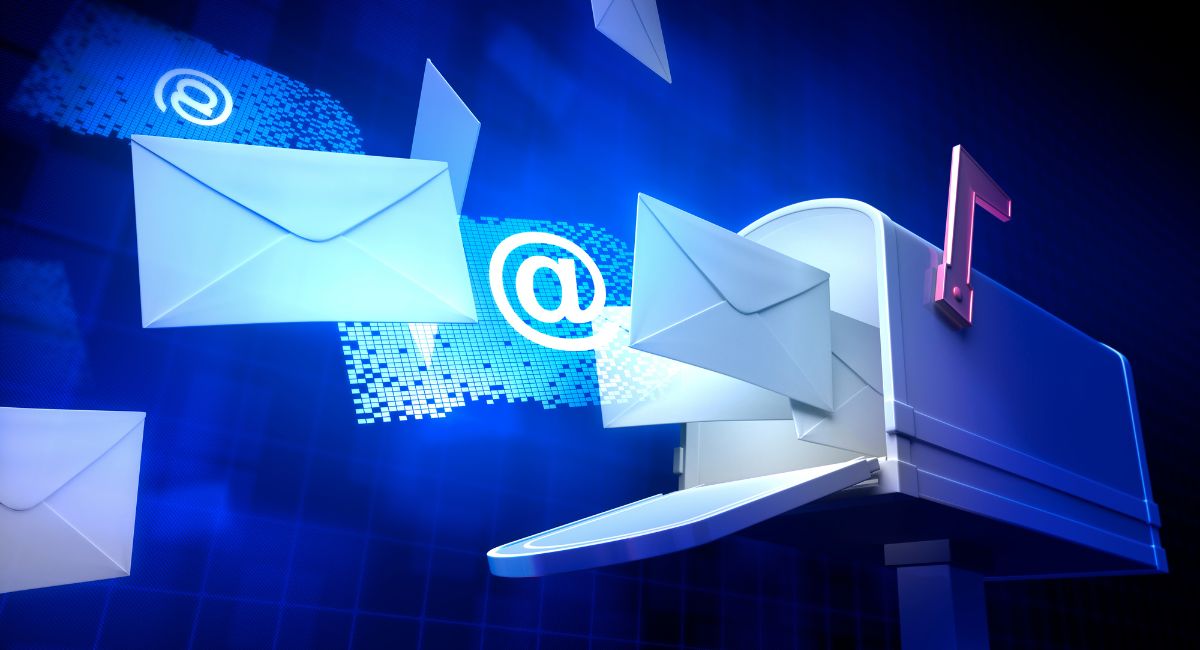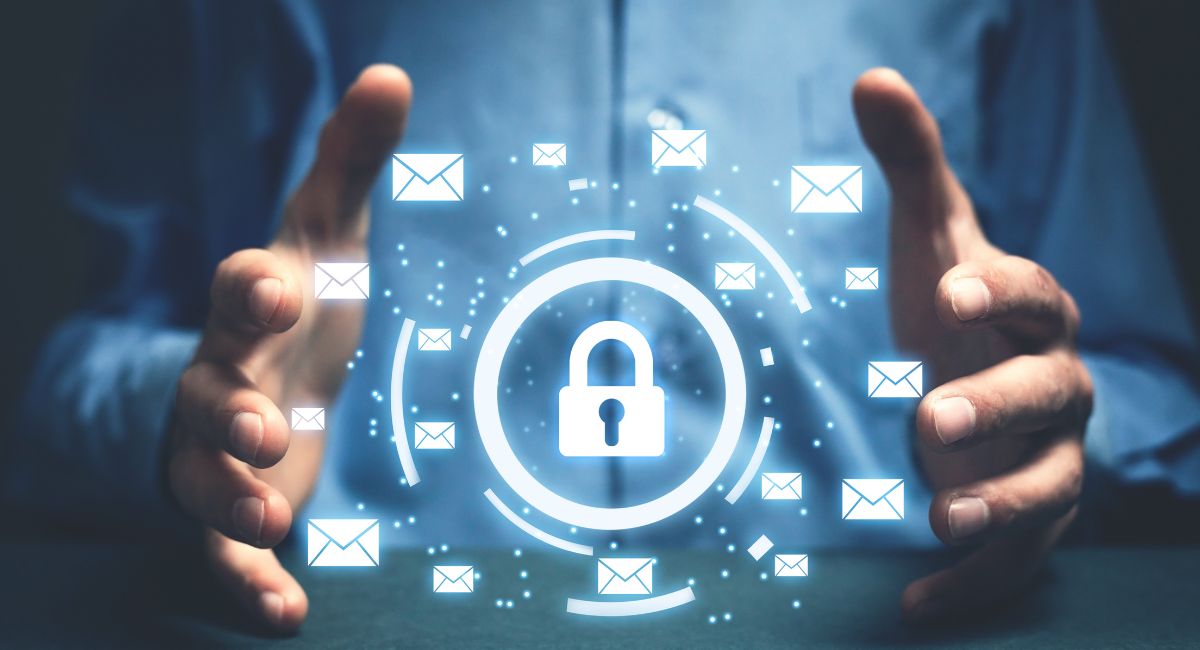In an era dominated by digital communication, where information travels at the speed of a click, emails have evolved into a fundamental aspect of our daily lives. Gmail, a stalwart in the realm of electronic messaging, serves as the virtual nexus connecting individuals, businesses, and institutions worldwide. Yet, amid the efficiency and convenience, the specter of inadvertently losing critical emails looms large, causing a ripple of anxiety for users. The inadvertent click on the delete button can turn into a moment of panic, especially when realizing that the emails have been permanently deleted.
In this intricate dance with technology, understanding the nuances of Gmail’s architecture becomes crucial. When an email is deleted, it embarks on a journey – first to the Trash folder, and subsequently, if not retrieved in time, into the abyss of permanent deletion. But fear not, for Gmail, ever the custodian of user data, provides a lifeline to Recover Permanently Deleted Emails Gmail.
As we embark on this journey, we’ll delve into the intricacies of Gmail’s mechanisms, demystify the steps to recover permanently deleted emails, and equip users with preventive measures to shield their communication citadel from future mishaps. So, fasten your seatbelts as we explore the art of reclaiming digital artifacts thought to be lost forever in the labyrinth of Gmail’s virtual landscape
Understanding Recover Permanently Deleted Emails Gmail:
When you delete an email in Gmail, it is initially moved to the Trash folder. However, even after emptying the Trash, Gmail retains the deleted emails for a limited time in its servers. After this period, the emails are permanently deleted and cannot be recovered through conventional means. To retrieve such emails, one must act swiftly and utilize the available tools provided by Gmail.
Step-by-Step Guide to Recover Permanently Deleted Emails Gmail:
This comprehensive guide aims to unravel the mysteries surrounding the retrieval of How to recover permanently deleted emails Gmail, offering users a roadmap to navigate the complexities and restore their digital correspondence.
- Check the Trash Folder: Before assuming the worst, always check the Trash folder. Deleted emails are sent there first, and you might find the missing emails waiting to be restored.
- Using the Gmail Search Feature: Gmail’s powerful search functionality can be your ally in recovering lost emails. Utilize keywords, sender names, or any other identifiable information related to the email in the search bar.
- Check Other Gmail Folders: Sometimes, emails might get mistakenly filtered into other folders, such as Spam or Promotions. Carefully go through these folders to ensure you haven’t overlooked the missing emails.
- Utilize the Gmail “Undo” Feature: Gmail offers a brief window of opportunity to undo certain actions, including deleting emails. Immediately after deleting an email, look for the “Undo” option that appears at the bottom left of the screen.
- Recover Permanently Deleted Emails from Google’s Servers: Gmail retains deleted emails on its servers for around 30 days. To recover them, go to the Gmail Support page, select “Missing emails,” and follow the instructions provided.
Preventive Measures for Future Protection:
Fortify your digital haven with proactive steps—two-step verification, vigilant account monitoring, and strategic security measures—to keep your email realm impervious to cyber threats. read below in detailed.
- Enable Two-Step Verification: Strengthen the security of your Gmail account by enabling two-step verification. This adds an extra layer of protection by requiring a verification code in addition to your password, thwarting unauthorized access even if login credentials are compromised.
- Regularly Update Passwords: Periodically changing your Gmail password is a simple yet effective way to enhance security. Opt for strong, unique passwords that combine letters, numbers, and symbols, reducing the risk of unauthorized access.
- Activate Security Alerts: Keep a vigilant eye on your Gmail account by activating security alerts. Google provides notifications for suspicious activities, such as login attempts from unfamiliar locations, allowing you to take prompt action in case of potential security threats.
- Educate Yourself on Phishing Scams: Stay informed about phishing scams that aim to trick users into revealing sensitive information. Be cautious when clicking on links or providing personal details, especially if the email appears suspicious or unexpected.
- Regularly Review Account Activity: Periodically review your Gmail account activity to spot any anomalies. Google provides a detailed log of recent account activity, including device sign-ins and locations. If something seems amiss, investigate promptly.
- Set up Account Recovery Options: Prepare for unforeseen circumstances by setting up account recovery options. This includes adding a recovery email address and phone number, ensuring you can regain access to your account if you forget your password or encounter other issues.
- Utilize Gmail’s Confidential Mode: For sensitive information, use Gmail’s Confidential Mode. This feature allows you to set expiration dates for emails and prevents recipients from forwarding, copying, or printing the content. It adds an extra layer of control over your confidential communications.
- Regularly Update and Patch Devices: Ensure that the devices you use to access Gmail are regularly updated with the latest security patches. Outdated software may have vulnerabilities that could be exploited by malicious actors.
- Review and Adjust Account Permissions: Periodically review the third-party apps and services that have access to your Gmail account. Revoke access for any that are no longer needed or trusted, minimizing the potential for unauthorized data exposure.
- Backup Critical Emails: As an additional layer of protection, consider regularly backing up critical emails using third-party email backup services. This ensures that even if an email is permanently deleted from Gmail, you have a secure backup copy.
Conclusion:
Losing important emails can be a stressful experience, but with Gmail’s recovery tools and the right approach, you can often retrieve them successfully. The key is to act promptly and explore all available options. Additionally, implementing preventive measures can significantly reduce the likelihood of facing such situations in the future. By following the steps outlined in this guide and adopting proactive email management practices, users can safeguard their digital communication and recover permanently deleted emails gmail.










